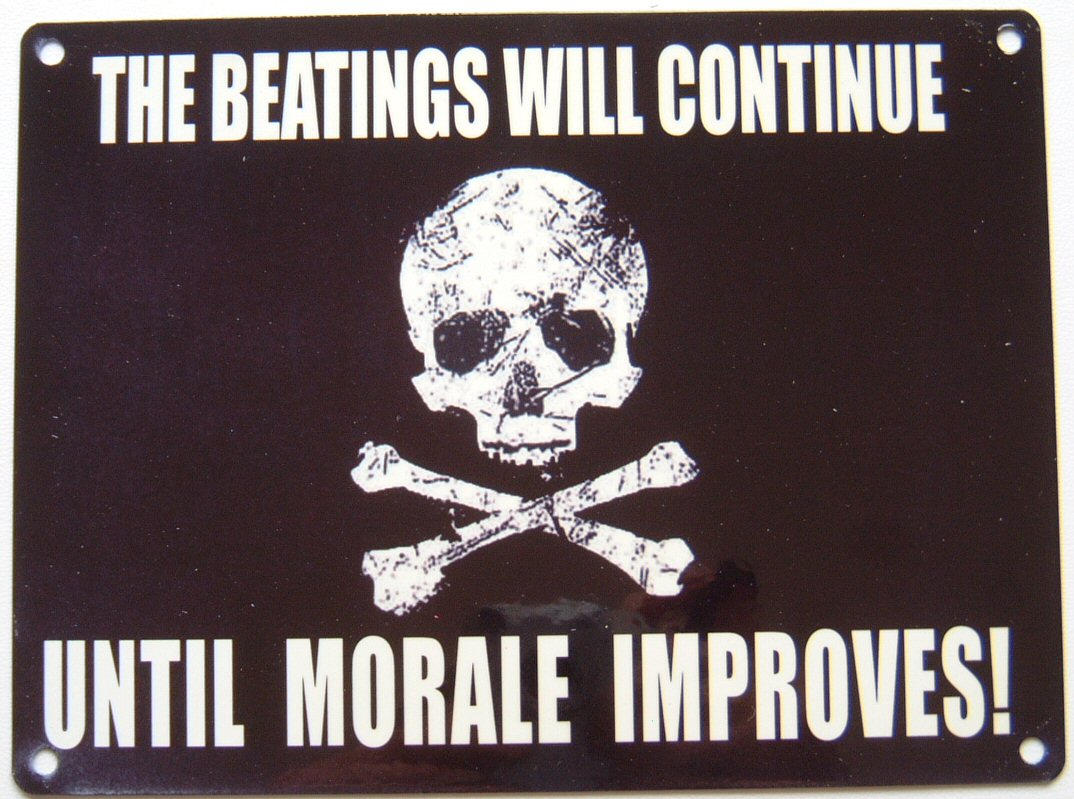I like writing, and I often write at night. However, writing at night on a computer monitor increases exposure to bright light and blue light, which delay sleep onset and suppresses melatonin production, respectively. Even tablets have this drawback, which is why I try to avoid reading on them at night.
Alternatives
I looked for an alternative to writing on a standard computer monitor. I considered finding a Kindle-like screen that has e-ink technology. This seemed technically feasible, but difficult to set up and maintain as well as being expensive.
I briefly considered writing by hand, but this has the disadvantages of being slow and difficult to get into electronic form.
I also took a look at some electronic typewriters (yes, really!) I could type on a familiar keyboard layout and then scan the resulting copies and use OCR on them to get the text extracted to a digital format. This seemed cumbersome and error-prone, and lacked many of the simple editing tools that a modern word-processor would use.
What I really wanted was a few line LCD display. I remembered my parents had a small address book that ran off of a few batteries, and figured maybe I would have to make something like that. In a last ditch effort, I posted to Twitter:
